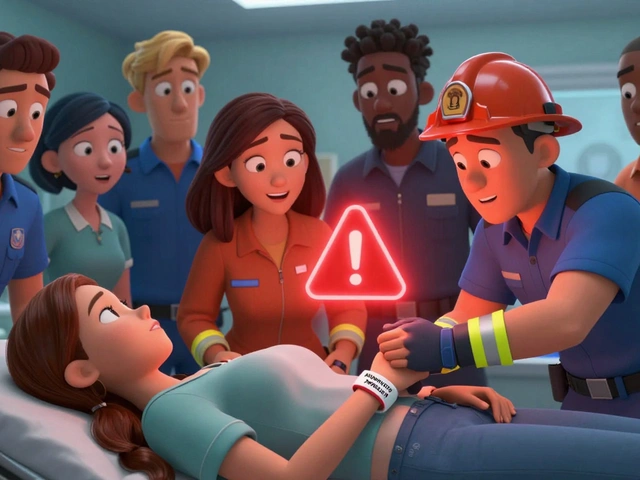Joint damage: what causes it and what you can do now
Joint damage doesn’t always start with a loud injury. It can creep in slowly from wear and tear, autoimmune disease, infection, or even weak bones. Knowing the likely causes and the first steps to take can stop small problems from becoming long-term trouble.
Most common culprits are osteoarthritis (cartilage wearing down), rheumatoid arthritis (immune system attacking joints), traumatic injuries (sprains, fractures), and infections like septic arthritis. Other factors that speed damage: obesity, repetitive motion, poor posture, smoking, and some medications that weaken bone quality.
Spot the early warning signs
Don’t ignore persistent joint pain. Watch for stiffness that lasts more than 30 minutes after rest, swelling, reduced range of motion, joint heat or redness, and sudden severe pain after a fever (which can signal infection). If pain limits daily activities or keeps you up at night, see a clinician.
Simple self-checks help: compare both sides of your body (is one knee puffier?), try normal movements (climbing stairs, getting up from a chair), and note when symptoms flare—after activity, in the morning, or with cold weather.
Practical steps to protect and slow joint damage
1) Move smart: Low-impact activities (walking, swimming, cycling) keep joints lubricated without the pounding. Include strength work to support joints—strong muscles reduce load on cartilage. A physical therapist can show safe progressions.
2) Control weight: Every extra pound adds stress to knee and hip joints. Losing even a small amount of weight lowers pain and slows wear.
3) Manage inflammation: Short-term ice after activity, heat for stiffness, and over-the-counter anti-inflammatory meds (if OK with your doctor) can help. Don’t use painkillers to hide severe pain from an injured joint—get checked.
4) Check for infection or autoimmune causes: Rapid swelling, fever, or severe pain after a wound needs urgent care. Articles on our site cover infections and bacterial invasion—these can destroy joints fast if untreated.
5) Protect bone health: Osteoporosis raises fracture risk that harms joints. Read our Fosamax guide to learn about bone-strengthening options and talk to your clinician about tests and treatments.
6) Avoid risky shortcuts: Unregulated steroid use or sketchy online products can harm joints and overall health. Choose licensed pharmacies and prescription oversight when medically necessary.
7) Use assistive aids when needed: Braces, shoe inserts, or a cane can redistribute load and let joints heal.
When to see a specialist: sudden severe pain, visible deformity, fever with joint pain, or steady decline despite home care. Early X-rays, blood tests, or joint aspiration can diagnose arthritis type or infection.
Small changes today—better movement, weight control, timely medical checks—make a big difference long term. If you want, I can point you to specific articles on treatments, bone health, or infection-related joint damage from our site.

The Impact of Joint Damage on Your Career and Lifestyle
Hey there, it's your go-to guy for all things health and career. In this piece, I'm diving deep into how joint damage can wreak havoc on not just your job, but your entire way of life. Did you know that a creaky knee or a stiff elbow could be the start of a domino effect, leading you down a path of unexpected changes? I'm here to share personal insights and expert advice on how to navigate the choppy waters of joint-related career and lifestyle disruptions. Get ready to explore the full impact of joint damage and what it means for your future.
Categories
- Medications (50)
- Health and Medicine (46)
- Health and Wellness (34)
- Online Pharmacy Guides (15)
- Nutrition and Supplements (7)
- Parenting and Family (3)
- Environment and Conservation (2)
- healthcare (2)
- prescription savings (1)
Popular Articles



